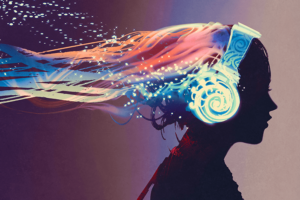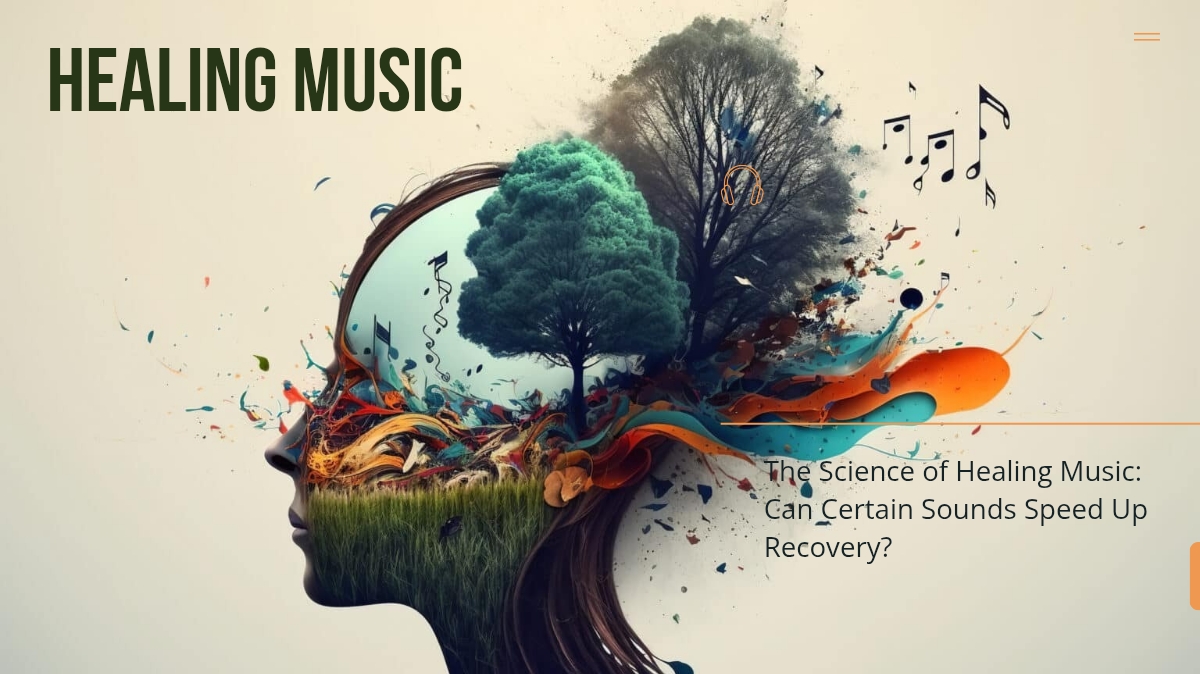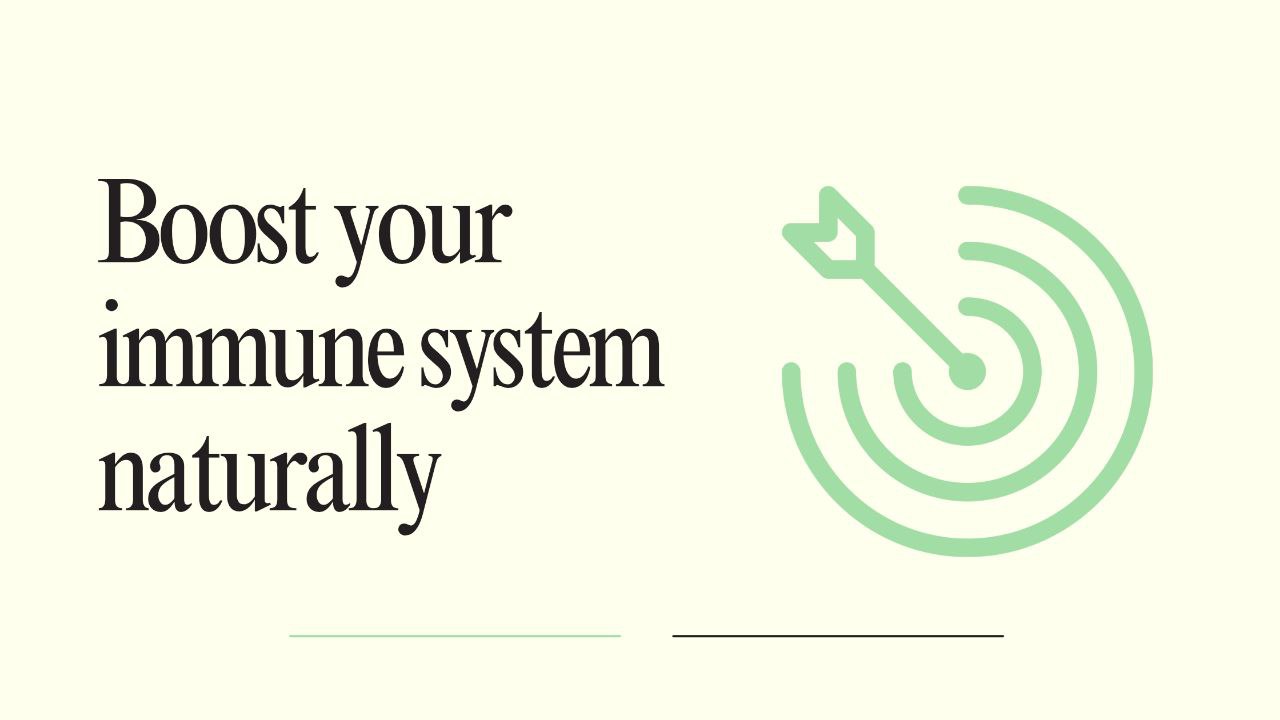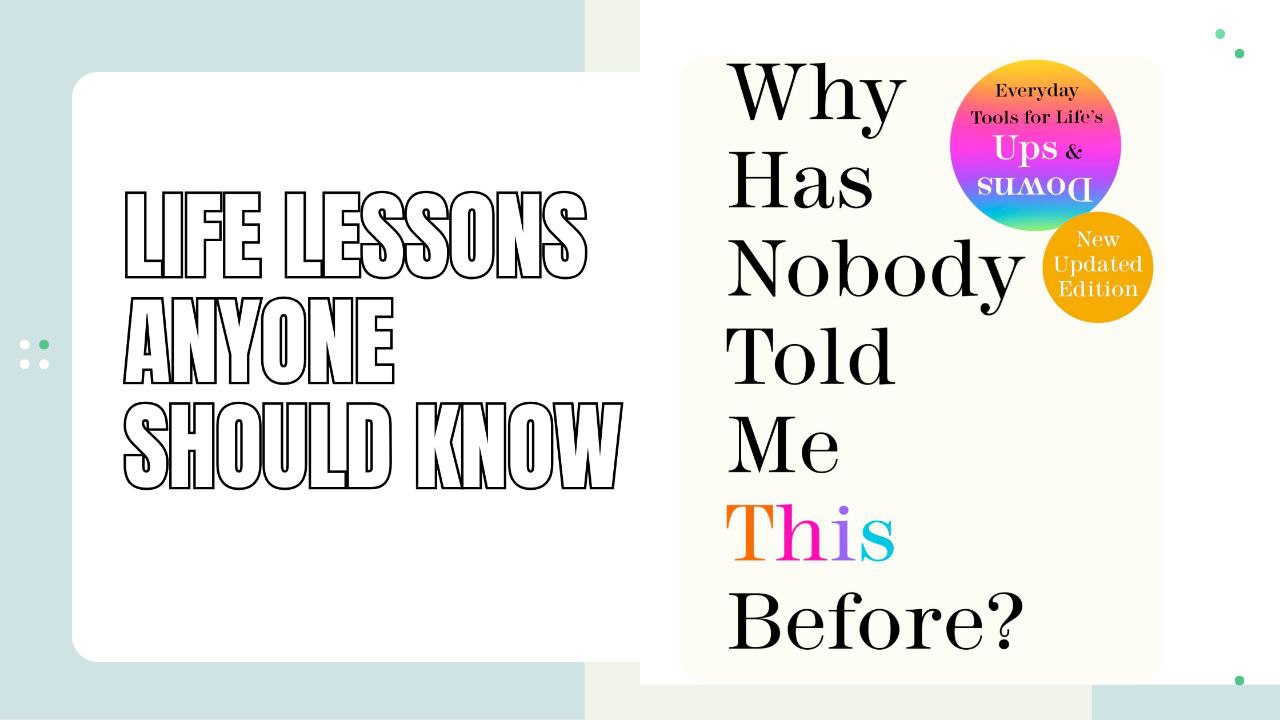The science of healing music explores how sound frequencies impact physical and mental recovery. Discover how specific tones and rhythms can enhance healing.
The Science of Healing Music: How Sound Can Heal the Body and Mind
Music has long been used for relaxation, but the science of healing music goes deeper—suggesting that sound waves may actively aid in recovery. From ancient chants to modern sound therapy, researchers are uncovering how frequencies and rhythms influence our health. But can music truly speed up healing? Let’s explore the fascinating connection between sound and recovery.
How Sound Frequencies Affect the Brain and Body

Sound isn’t just something we hear—it’s something we physically experience. When sound waves reach our ears, they trigger electrical signals that influence brain activity, emotions, and even bodily functions. Scientists have found that the science of healing music works by:
Reducing stress hormones – Slow, rhythmic music lowers cortisol, the stress hormone that can delay healing.
Regulating heart rate and blood pressure – Certain sounds help stabilize heart rhythms, promoting better circulation.
Enhancing neuroplasticity – Music activates different areas of the brain, supporting cognitive function and memory.
The Power of Specific Sound Frequencies in Healing
Not all music is created equal when it comes to healing. Some frequencies are believed to have stronger therapeutic effects than others:
432 Hz (The “Natural” Frequency) – Many claim this frequency promotes relaxation and balances emotions.
528 Hz (The “Love Frequency”) – Often associated with DNA repair and overall healing.
40 Hz (Brainwave Synchronization) – Used in Alzheimer’s research to stimulate cognitive function.
These frequencies are often integrated into sound therapy, meditation music, and even hospital treatments.
Healing Music in Medical and Psychological Therapy
The idea of using sound for healing isn’t just a theory—hospitals and therapists are incorporating the science of healing music into real-world treatments:
Post-Surgery Recovery: Studies show patients exposed to calming music require less pain medication.
PTSD & Anxiety Treatment: Sound therapy is used to help regulate emotions and reduce trauma responses.
Chronic Pain Management: Music therapy can shift focus away from pain, helping patients tolerate discomfort better.
How to Use Healing Music in Your Daily Life
You don’t need expensive treatments to benefit from healing music. Simple ways to incorporate it into your routine include:
- Listening to binaural beats before bed to improve sleep quality.
- Using nature sounds (like ocean waves or rainfall) for relaxation.
- Trying Tibetan singing bowls or chanting mantras for meditation.
The Future of Healing Music: How Technology is Revolutionizing Sound Therapy
As the science of healing music continues to evolve, technology is playing a major role in expanding its potential. From AI-generated healing frequencies to wearable sound therapy devices, the future of music as medicine is becoming more personalized and accessible than ever.
1. AI-Powered Personalized Playlists: Scientists are developing AI systems that analyze a person’s stress levels and emotions to generate music tailored to their healing needs. These smart playlists adapt in real time, providing the perfect soundscape for relaxation, focus, or recovery.
2. Biosonic Wearable Devices: Innovations like vibrating vests or brainwave-stimulating headphones use low-frequency vibrations to help with anxiety, chronic pain, and even post-surgical recovery. These devices sync with the body’s natural rhythms to promote healing.
3. Virtual Reality (VR) Sound Therapy: VR environments now integrate the science of healing music with immersive experiences, such as guided meditations in peaceful nature settings with binaural beats playing in the background. This combination enhances relaxation and mental well-being.
With continuous advancements, healing music is becoming more than just a background melody—it’s a scientifically backed tool for improving physical and mental health in revolutionary ways.
Final Thoughts: Can Music Truly Heal?
While music alone isn’t a miracle cure, there’s growing evidence that the science of healing music plays a vital role in stress reduction, brain function, and physical recovery. Whether through ancient sound therapy or modern research-backed techniques, sound has the power to transform the way we heal—one frequency at a time.







